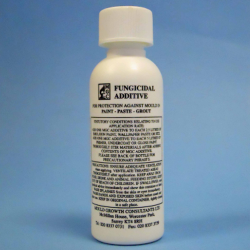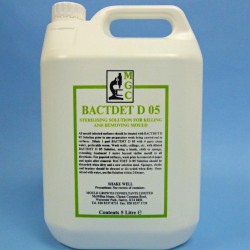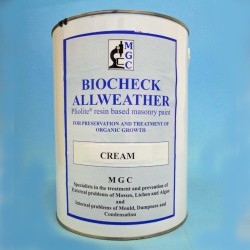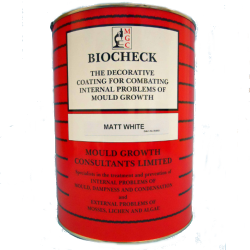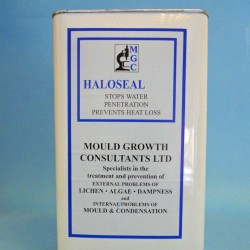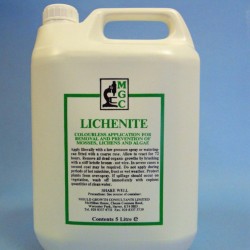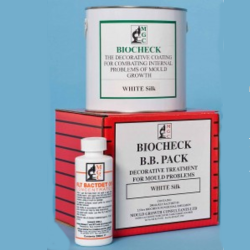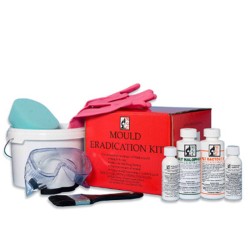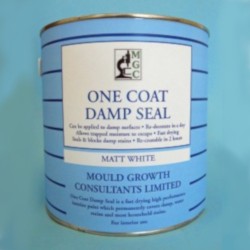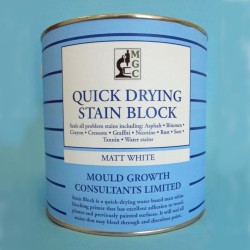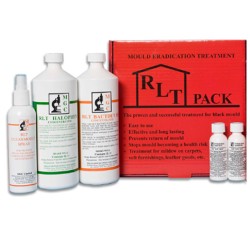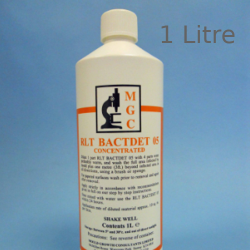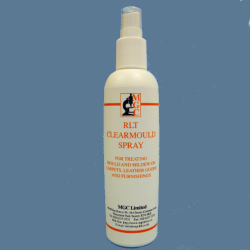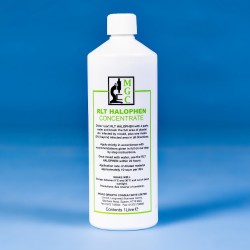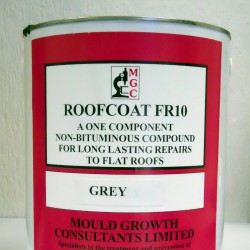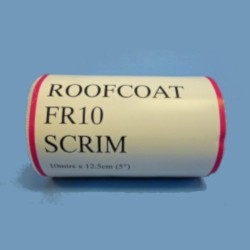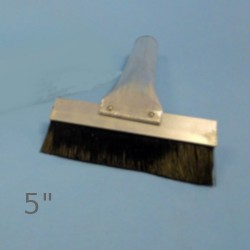Mould Eradication
If mould is allowed to grow in homes or offices, the indoor air quality becomes poor. Moulds release small spores into the air and they are small enough that people can actually inhale them into the lungs. There is a risk of developing respiratory problems. So, using fungicidal barriers and other mould resistant materials is beneficial for the inhabitants.
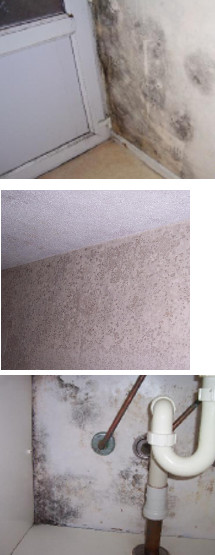
The colour of mould depends on nutrient source and the age of the colony. It is hard to determine type of mould by visual inspection. Mould needs water to grow, and also needs food, oxygen and a warm indoor temperature. As mould decomposes dead organic material it can grow on wood, and also on some synthetic materials such as adhesives, pastes and paints. While mould cannot feed off inorganic materials, such as concrete, glass and metal, it can however grow on dirt, debris or hairs that are in these materials or on surfaces. Moulds prefer wet or damp materials but can get their moisture from the air in high relative humidity. So, good ventilation is a must! Reduce the ways of accumulation of water in buildings and mould wont become a problem. If and when it becomes a problem, you need to use correct and effective mould eradication materials. Or, you can use fungicidal barriers and paints to stop mould happening.
How mould spreads
Mould can grow by extension of their tiny root hairs or by making spores and releasing them to air or to water to find new locations to grow. When mould dries this release spores is accelerated. These spores are so tiny, air currents would move them to another moist place. If you don't dry the wet places, such as in bathrooms, kitchens, these spores would easily feed on the seen and unseen organic dirt and grow. Mycotoxins can be released by the mould spores, when the spore itself is dead. Mycotoxins are detrimental to the health.
How to spot mould
The visible mould you can spot is called mildew. Mildew begins as tiny black spots, and then grows into larger colonies. You see in the grout lines in your shower, on damp walls, and also on outdoors on the surfaces of decks siding, especially in damp and shady areas. As a mildewed surface is often difficult to distinguish from a dirty one, simply dab a few drops of household bleach on the blackened area. If it lightens, then you have mildew. If the area remains dark, it could be dirt. Mildew might not damage the building structure, but it shows that the area is moist and other types of mould can grow in the same place and the building would start to rot. If you touch the the wood with a screwdriver and it simply goes in, the fungi have taken hold and rot has begun. You can also smell the mould. If you detect the typical musty odour, check for mould on damp places in your home. Clean up these infestations immediately, before they get worse.
Potential health problems of exposure to mould
- Allergic hypersensitivity problems,
- Lung infections,
- Respiratory, immune and neurological problems
Mould prevention strategies
- Provide sufficient ventilation,
- Keep things away from walls to prevent moisture building up on surfaces,
- Use dehumidifiers,
- Repair all leaking pipes,any damages to walls and roof,
- Reduce clutter and discard unused items.
- Use high quality mould prevention, mould eradication and fungicidal barrier materials, if and when mould appears in your building.




































































































































